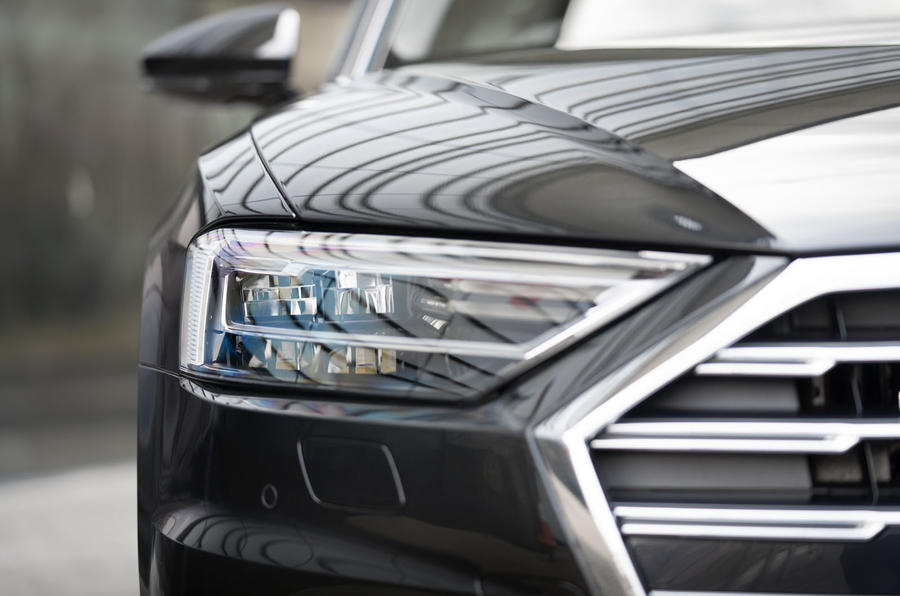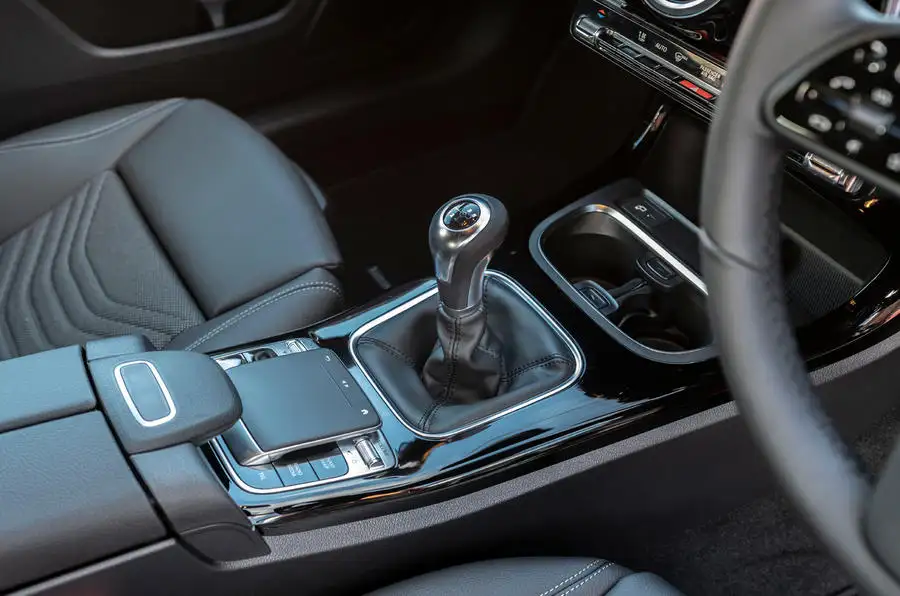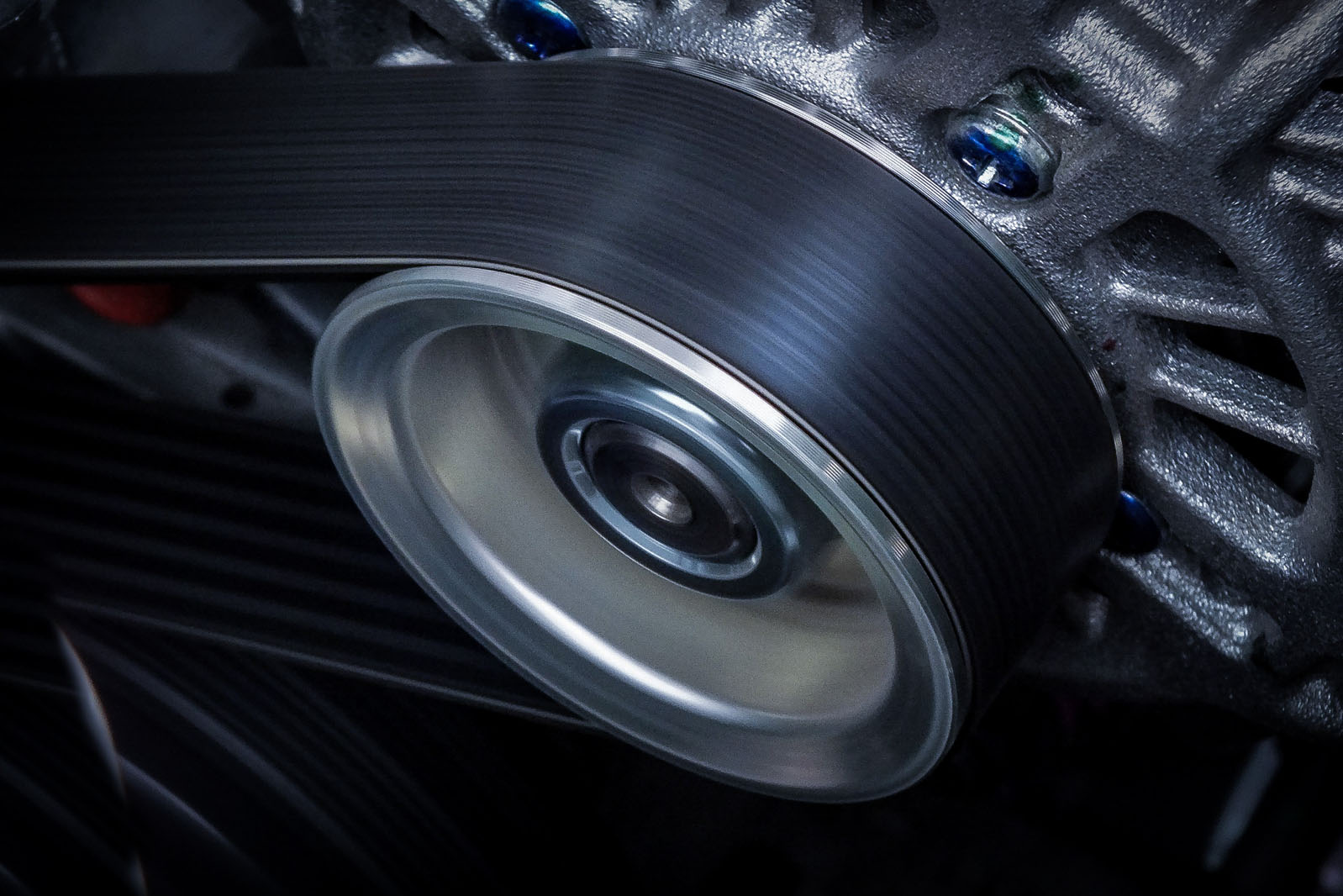CAT Council member Ed Savage draws some interesting comparisons between the aftermarket and the meat industry.
The British public has woken up in recent weeks to find the media informing it that everything was not exactly what it seemed to be, with regards to the “beef” it had been eating.
The British public was, naturally, outraged. It was not that horsemeat was dangerous, – because of course it isn’t – the strong reaction came because the public felt it had been conned and by names that it has trusted for a long time.
It’s a competitive world out there and products are all too often built down to a price point – rather than up to a standard. When this happens there is inevitably a degree of compromise necessary and this holds as true in the automotive sector as it appears to do in the British meat industry.
At all levels of the automotive industry companies and individuals will often use whatever means at their disposal to create a competitive advantage, and in the lighting sector it has been common practice for years for companies to put out information of all sorts without being challenged about it.
There are examples of it everywhere – in promotional and marketing material, but more worryingly, regarding the actual information printed on packaging of the products themselves.
Much like the UK’s horsemeat scandal, innocent parties will suffer as a result of these tactics which range from the unfair, through the dishonest, to the downright illegal.
The industry needs to ask itself some pretty tough questions.
Firstly, how come so many so-called reputable automotive companies are prepared to supply what, to all intents and purposes, are substandard products?
Secondly, why are workshops in many countries prepared to install products that are inadequate at best, and potentially lethal at worst?
Simply put – it’s because the products are cheap so there is an easy profit to be made and, sadly, because it’s not policed properly by the industry itself and because end-users aren’t educated enough to know better.
The whole situation is made worse by manufacturers who make excessive or spurious claims regarding their products. For years, Philips and Osram – who between them are the biggest manufacturers of OE lights to the industry – have given over their testing facilities to magazines to conduct bulb comparison tests.
Auto Express tests pairs of headlight bulbs and every year it unfailingly finds numerous bulbs that simply don’t live up to the claims of other manufacturers.
Consumers suffer because they are being given something, which is, at best, barely fit for purpose.
How long will the automotive industry be allowed simply to look the other way?











Go to comments